Explore Aswan High Dam's history, benefits, and challenges
Table of Content
Tracing the History of the Aswan High Dam
Aswan High Dam's Construction
Positive Effects of the Aswan High Dam
Negative Effects of the Aswan High Dam
How can I visit the Aswan High Dam
Explore Aswan High Dam's history, benefits, and challenges
One of the world's largest dams and once it was completed, it became the tallest earthen dam in the world, surpassing the Chatuge Dam in the United States. Aswan High Dam was built between 1960 and 1970 across the Nile in Aswan, Egypt, providing irrigation, hydroelectric power, and flood control for Egypt and Sudan. It also created Lake Nasser, the largest artificial lake in Africa, which hosts a variety of wildlife and archaeological sites.

Tracing the History of the Aswan High Dam
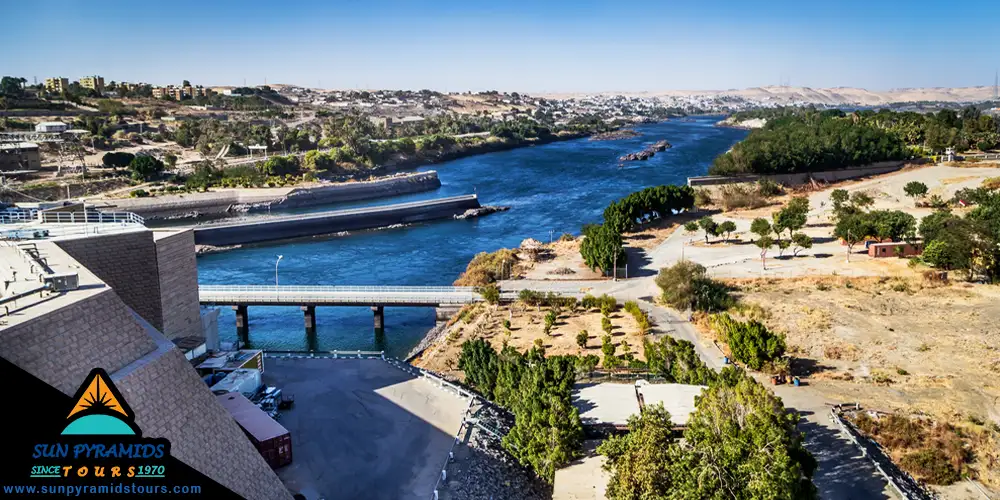
The Aswan High Dam History reflects Egypt's long-standing efforts to control the Nile's flooding and enhance irrigation. Attempts date back to the 9th century when engineer Ibn al-Haytham aimed to control the river under Fatimid Caliph Al-Hakim Bi-Amr Allah but was unsuccessful. King Farouk later engaged Adrian Daninos in 1912 to propose the dam's construction, but the project remained incomplete. After the 1952 revolution, President Gamal Abdel Nasser prioritized the High Dam's construction, overcoming Western refusals and securing Soviet support. Work commenced in 1960 and concluded in 1971, resulting in Lake Nasser, one of the world's largest artificial lakes, capable of holding 132 cubic kilometers of water.

Aswan High Dam's Construction
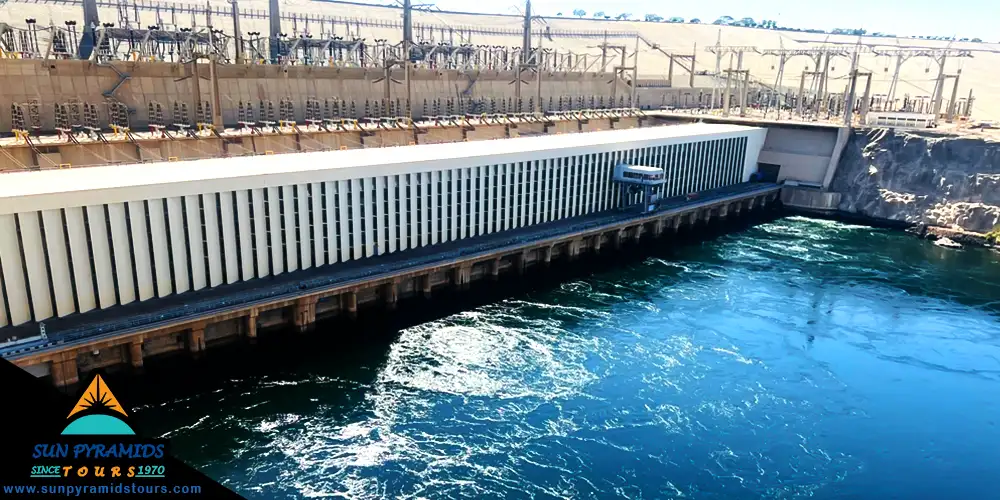
The Construction of the Aswan High Dam involved 25,000 Egyptian engineers and workers, supported by Soviet aid. Initially planned with Western financing, the project shifted to Soviet assistance after the U.S., U.K., and IBRD withdrew support in 1956.
The USSR provided $425 million in loans for coffer dams, power facilities, and land reclamation, covering foreign exchange costs, while Egypt managed domestic expenses. Designed by Nikolai Malyshev and Egyptian engineers, construction began in 1960 and was led by Osman Ahmed Osman's Arab Contractors, significantly enhancing Egypt's construction capacity and reputation.
 Positive Effects of the Aswan High Dam
Positive Effects of the Aswan High Dam
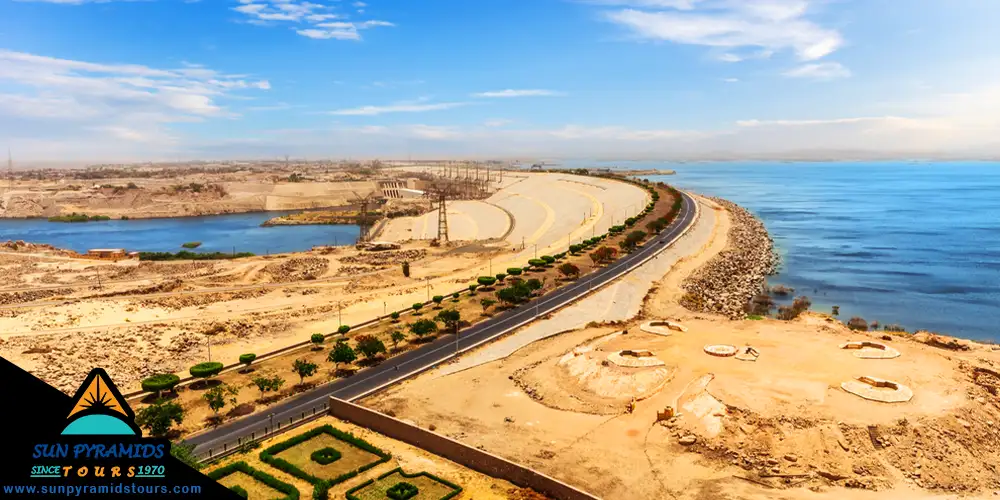
The Aswan High Dam Benefits include a wide range of advantages for Egypt and Sudan, such as:
-
Irrigation: The dam has provided reliable protection from periodic floods and droughts, reducing risks to agriculture and settlements along the Nile by controlling and distributing water throughout the year. The dam has also increased the cultivated area in Egypt by about 30% and has enabled the cultivation of two or three crops per year instead of one. The dam has also reduced soil salinity and erosion and has improved crop quality and yield.
-
Hydroelectric power: The dam generates about 10 billion kilowatt-hours of electricity per year, which meets about 15% of Egypt's power demand and 50% of Sudan's power demand. The electricity is used for domestic, industrial, and commercial purposes and for pumping water for irrigation. Electricity also reduces the dependence on fossil fuels and their environmental impacts.
-
Flood control: The dam prevents the Nile from overflowing its banks during the rainy season, which used to cause damage to crops, infrastructure, and human lives. The dam also protects downstream areas from droughts during the dry season, by releasing water from its reservoir. The barrier has reduced both countries' frequency and severity of floods and droughts.
-
Lake Nasser: The dam created Lake Nasser, which covers an area of about 5,250 square kilometers (2,030 square miles) and holds about 132 cubic kilometers (32 cubic miles) of water. The lake is a habitat for many species of fish, birds, reptiles, and mammals, some of which are endangered or endemic. The lake also offers tourism, recreation, fishing, and navigation opportunities.

Negative Effects of the Aswan High Dam
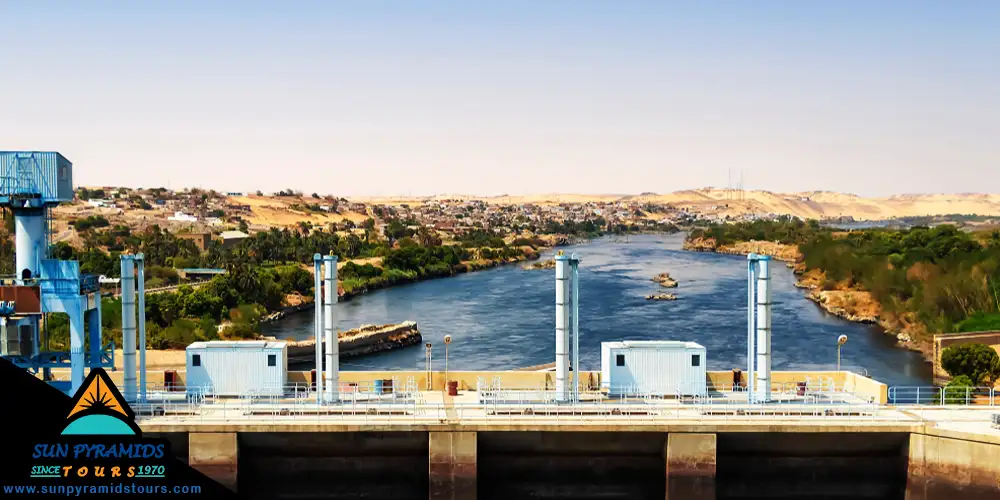
The Aswan High Dam has also posed some challenges to Egypt and Sudan, such as:
- Environmental impacts: The dam has altered the natural ecosystem of the Nile River and its delta, affecting its biodiversity and productivity. The dam has blocked the silt flow used to fertilize the land downstream, leading to soil degradation and nutrient loss. The barrier has also increased water evaporation from Lake Nasser, leading to water loss and an increase in salinity. The dam has also affected the migration patterns and breeding cycles of some fish species, such as tilapia and catfish
-
Archaeological impacts: The dam has submerged or threatened many ancient monuments and artifacts dating back to various Egyptian and Nubian periods. Some of these sites were salvaged or relocated by international efforts before or after dam construction, such as the temples of Abu Simbel, Philae, and Kalabsha. However, many others were lost or damaged by the rising waters of Lake Nasser.

How can I visit the Aswan High Dam?
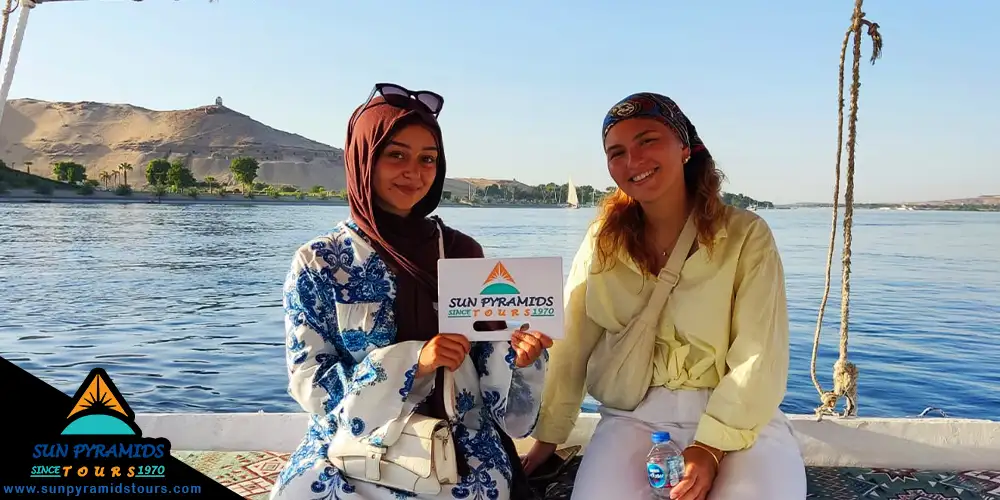
The Aswan High Dam can be reached by various means of transportation, such as:
-
By car: You can drive to the Aswan High Dam from Aswan, which is about 25 kilometers (15 miles) away. The dam is located on the southern edge of Lake Nasser, near the border with Sudan. You can park your car near the dam and walk to the entrance.
-
By train: You can take a train to Aswan Railway Station, which is located in the city center. The station receives regular trains from Cairo and other Egyptian cities, and sleeper trains that offer more comfort and privacy. You can take a taxi or a bus from the station to the dam.
-
By bus: You can take a bus to Aswan Bus Station, which is located near the railway station. The station receives buses from Cairo, other Egyptian cities, and some neighboring countries such as Sudan and Ethiopia. You can take a taxi or a bus from the station to the dam.
-
By boat: You can take a boat to Aswan Port, which is located on the eastern bank of the Nile River. The port receives cruise ships and ferries that sail along the Nile from Luxor and other destinations. You can take a ferry or a motorboat from the port to the western bank of the Nile, where the dam is located.
The Aswan High Dam is open daily from 9:00 am to 5:00 pm. Let Sun Pyramids Tours handle all the details for a seamless and enriching visit. From expert-guided tours to convenient transportation options, we ensure a unique experience exploring this iconic engineering marvel. Book with us today!

Why do I book with Sun Pyramids Tours?
Egypt warmly welcomes visitors with its majestic Nile River, desert landscapes, and the fertile Delta, along with its remarkable and awe-inspiring landmarks. With our Egypt tour packages, you’ll have the chance to uncover the most mesmerizing wonders of the land of the Pharaohs, including the iconic Giza Pyramids, the Great Sphinx, Abu Simbel, the Karnak temples, and so much more. The Nile River is also the perfect setting for one of our Nile cruises, where you can sail through history, admiring the magnificent monuments between Luxor and Aswan. The opportunity is right here for you—don’t miss out, book with us today!
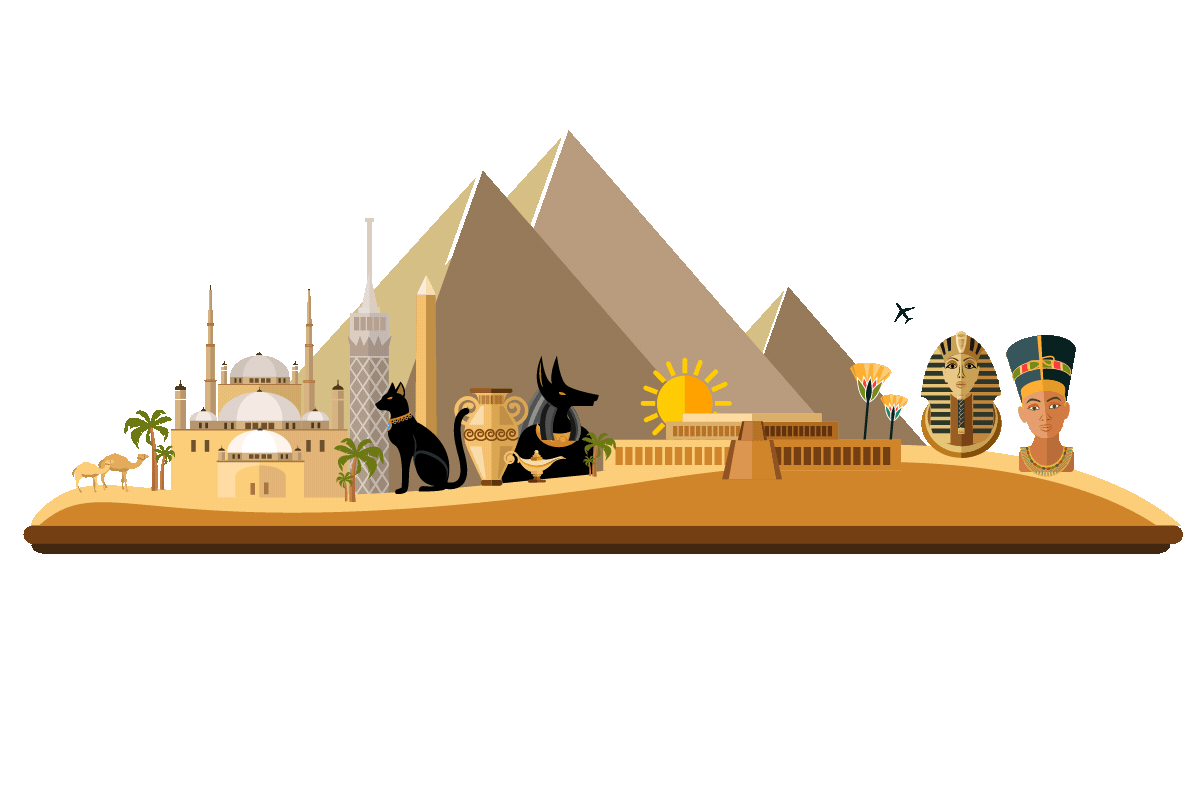
.DvizhAGb.gif)
Plan your next adventure now
Related Tours
Frequently Asked Questions
See more

There are no frequently asked questions :)
Related Blogs

Plan A Trip to Egypt
+1 more
Ultimate Guide: How To Plan A Trip To Egypt

Christmas and New Year in Egypt
+1 more
Christmas and New Year in Egypt

Egypt Hidden Gems
+1 more
Egypt Hidden Gems

Abu Simbel Temple
+1 more
Abu Simbel Temple
Need help to Finding your Trip?
Offers
Make Trip
trips
Home






.webp)














